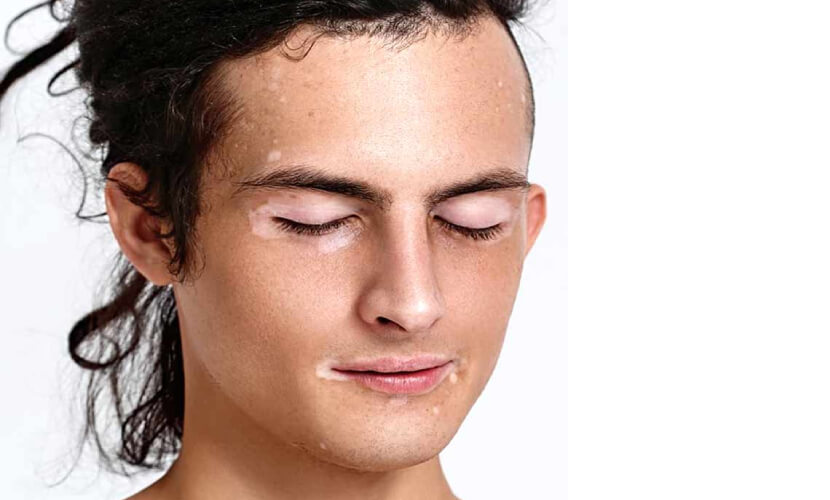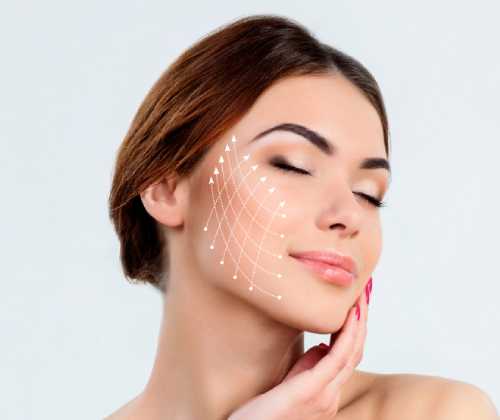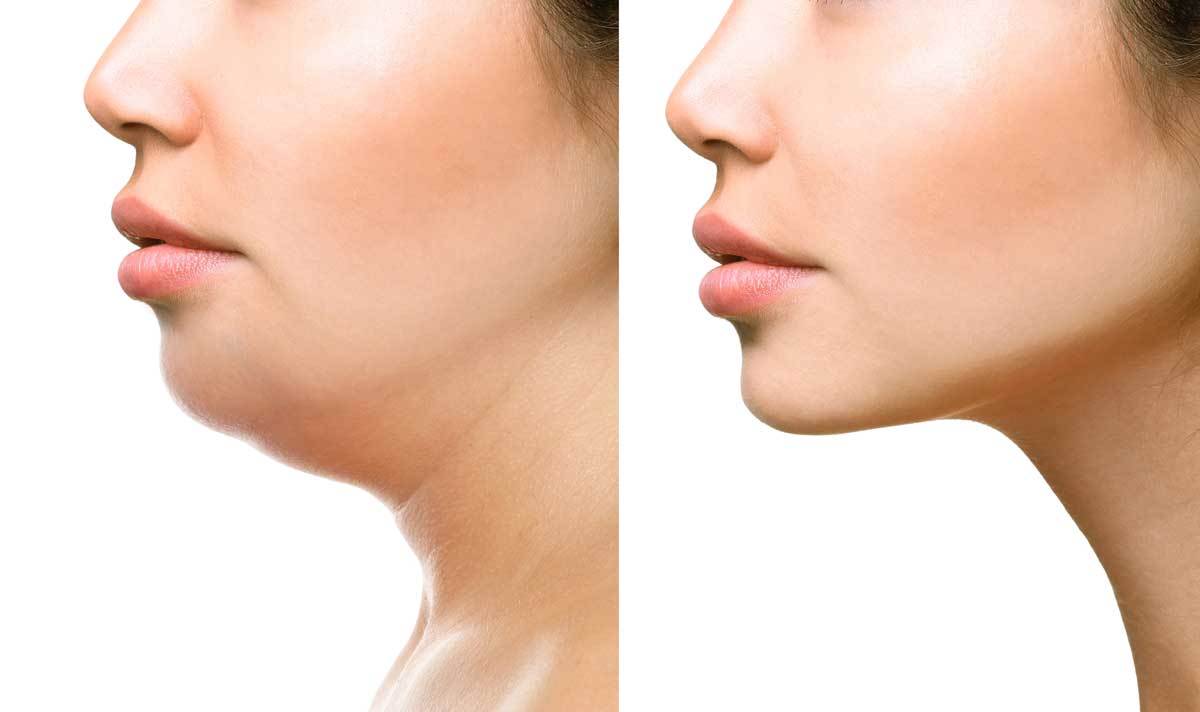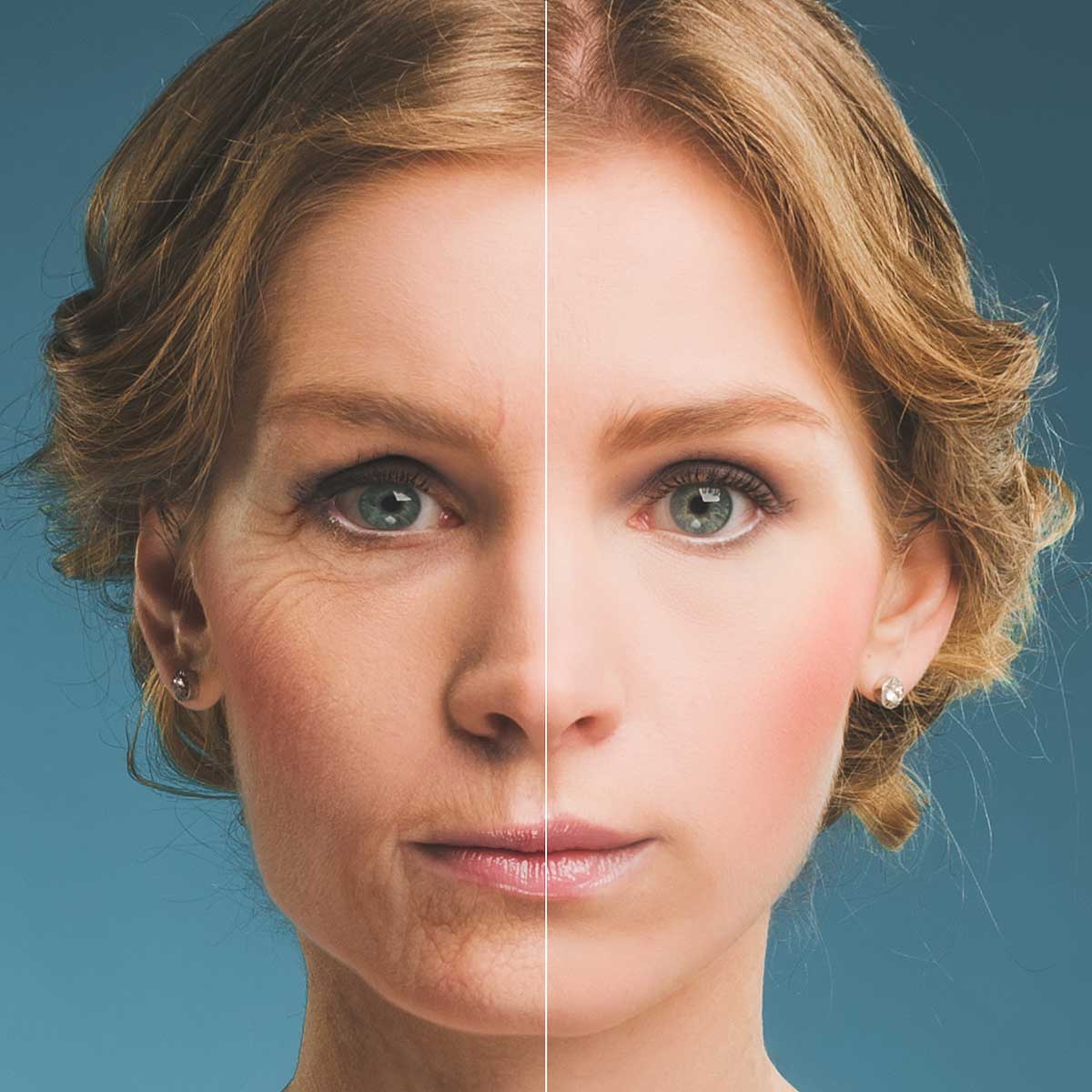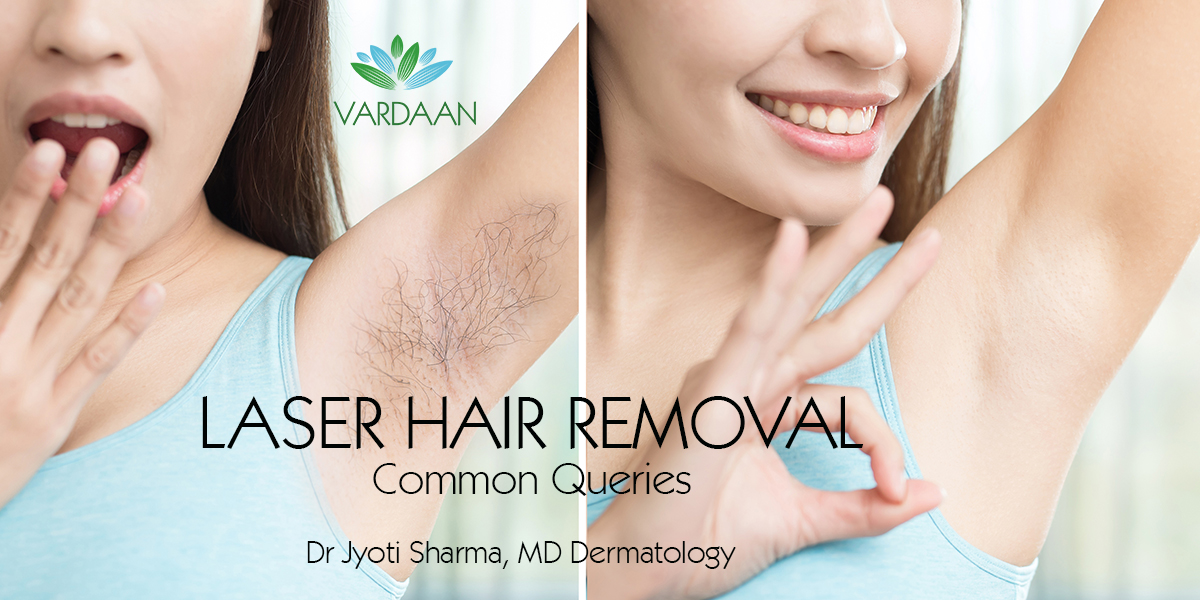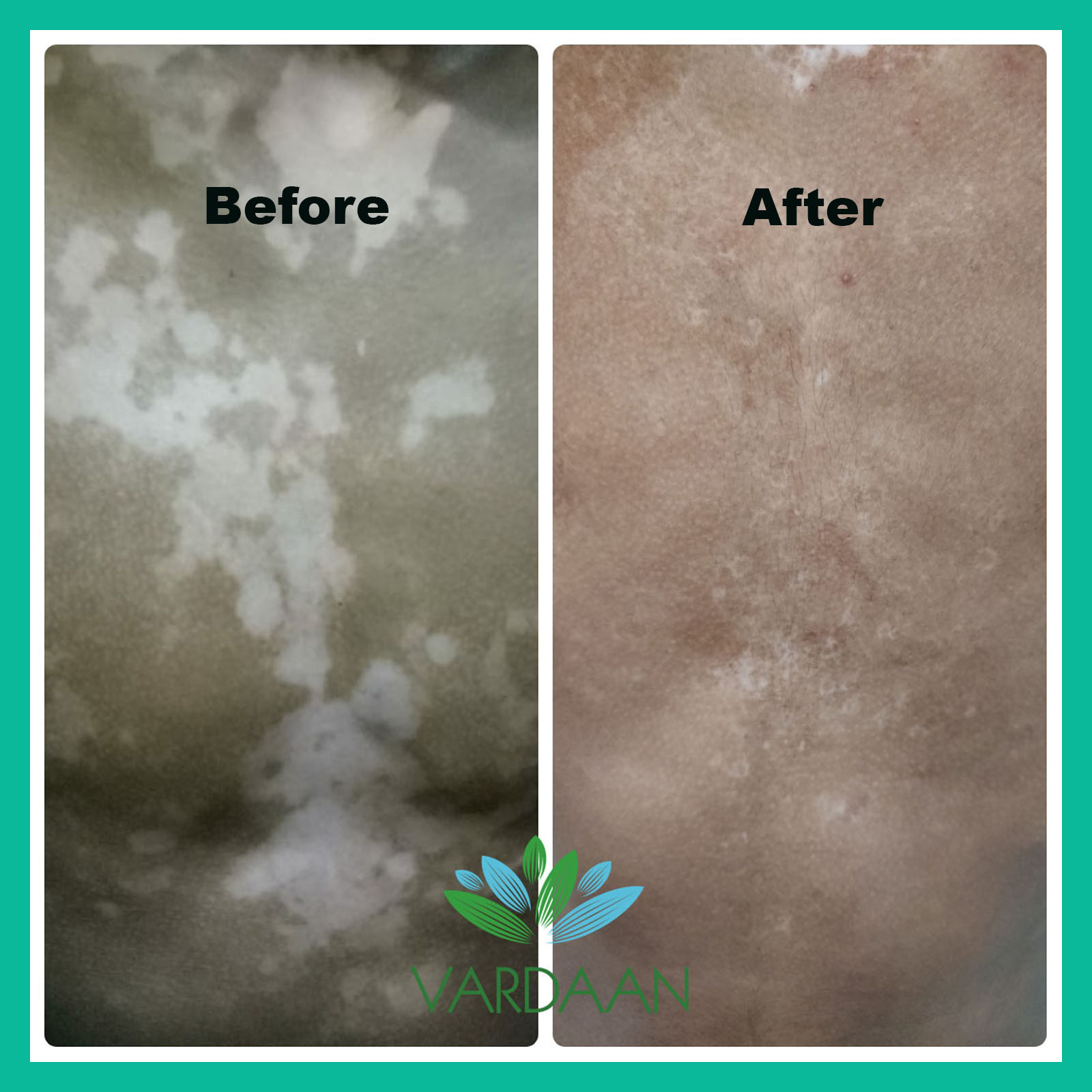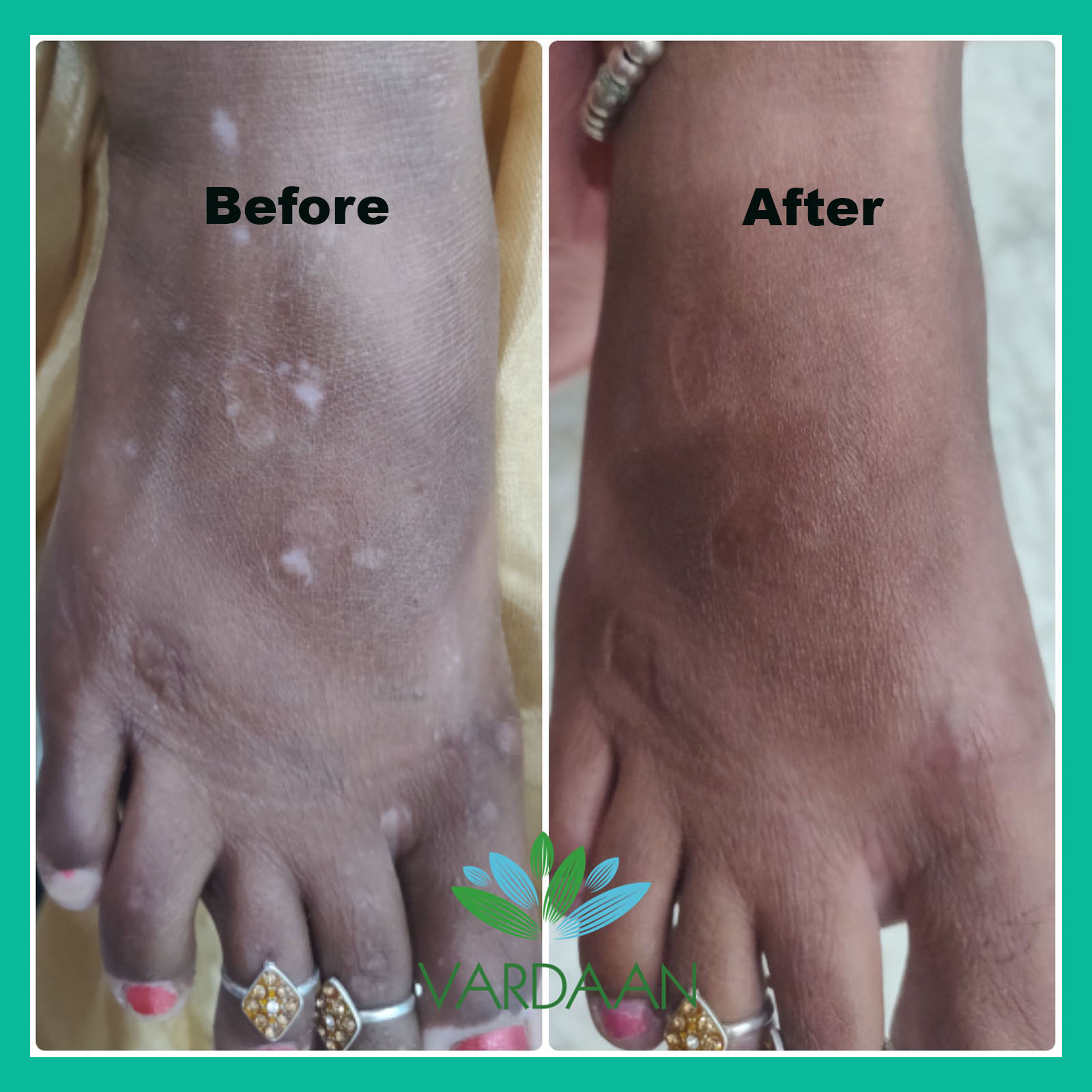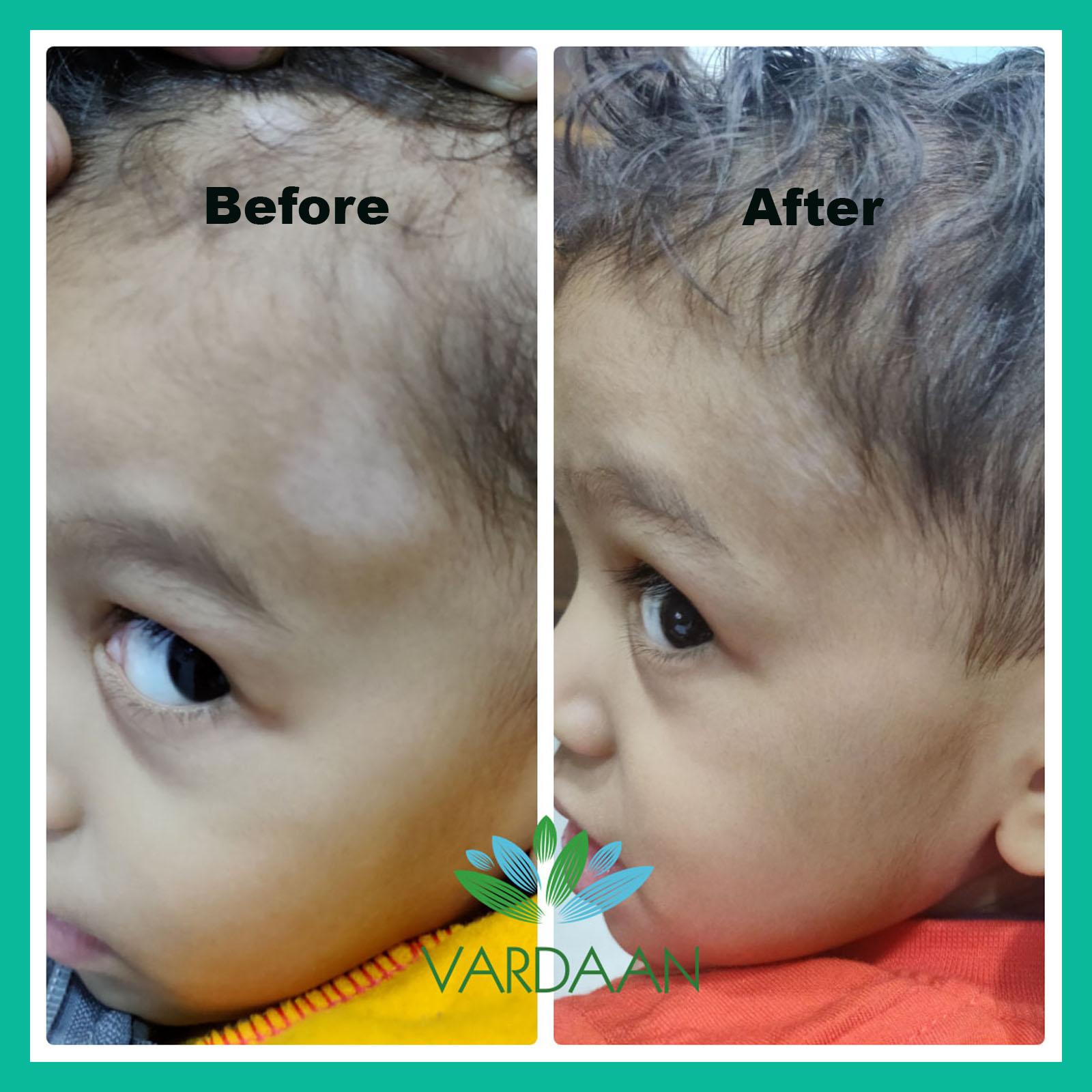Vitiligo
Vitiligo is a disease that causes the loss of skin color in blotches. The color loss can vary drastically and is nearly unpredictable. The disease can affect any part of the body from inside your mouth to even your hair.
Normally, the color of hair and skin is determined by melanin. When the cells that produce melanin die or stop functioning, it results in the occurrence of Vitiligo. Even though vitiligo affects people of all skin types, its appearance is most noticeable in people with a dark complexion. The disease is neither contagious i.e. it doesn’t get transferred from one person to the other nor is it life-threatening. It can be stressful or make you feel bad about yourself.
Vitiligo treatment is meant to restore color to the areas where it has been lost. However, it doesn’t prevent the color from reoccurring.
Signs and symptoms
Vitiligo signs include:
- The skin color loses in patches.
- The hair on your scalp, eyelashes, and eyebrows turn white or grey prematurely.
- Loss of color in the tissues that line the inside of your mouth and nose (mucous membranes)
- Loss or change in color of the retina (inner layer of the eyeball).
Causes
Vitiligo is a chronic skin condition that relates to loss of skin color resulting in the development of white patches on the skin. It is considered an autoimmune disease, in which the body’s immune system attacks and destroys the color producing cells (melanocytes) of our skin resulting in the formation of white patches. Vitiligo can occur on any part of the body including face, trunk, elbows, knees, hands, and feet.
Treatment
Vitiligo is considered as "more than a cosmetic problem" as the patients with vitiligo suffer from psychological stress and social stigma. It is a health issue that needs medical attention.
A number of treatment options are available for vitiligo.
1.Topical corticosteroids
Corticosteroid ointments are creams containing steroids. Some studies have concluded that applying topical corticosteroids to the white patches can stop the spread and can restore the skin color.
2. Topical Immunomodulators
Topical immunomodulator creams like tacrolimus or pimecrolimus can help in the restoration of skin color in vitiligo patches.
3.Phototherapy with UVB light
One of the most common options used in the treatment of vitiligo is exposure to Ultraviolent B light. Combined with other treatments, UVB phototherapy can have a positive effect on vitiligo. The results are variable. The response on trunk and face is faster and better than the acral areas like hands and feet.
4.Phototherapy with UVA light
UVA treatment is usually conducted in a health care setting. In order to increase the skin’s sensitivity to UV lights, the patient is given a drug. Then, in a series of treatments, the affected skin is exposed to high doses of UVA light. Progress will be evident after 6 to 12 months of twice-weekly sessions.
4.Skin camouflage
In case the vitiligo is pretty mild, the patient can cover it up or camouflage it using makeup products and creams.
5.Excimer laser
308 nm excimer laser works well in restoring the pigmentation of vitiligo lesions. Multiple sessions are required for good results.
6.Surgical treatment
Surgery is performed in patients with a stable disease when the disease does not show any improvement with medical treatment and is stable for around 6-12 months.
Depending upon the type of your skin, get a suitable sunscreen from the dermatologist. The use of sunscreen is essential to avoid burning of patches from sun rays since the skin under the patches is pretty sensitive.
Enquire Now
Other Related services
Threadlift
A Contour ThreadLift is a minimally invasive, non-surgical procedure able to pro...
Hifu
Skin tightening and facelift with High-Intensity Focused Ultrasound (HIFU) is a ...
Skin Tightening
The aging process breaks down collagen and elastin fibers, leading to the appear...
Laser Hair Removal
You get razor bumps or acne breakouts when you want to dispose of unwanted hair....

